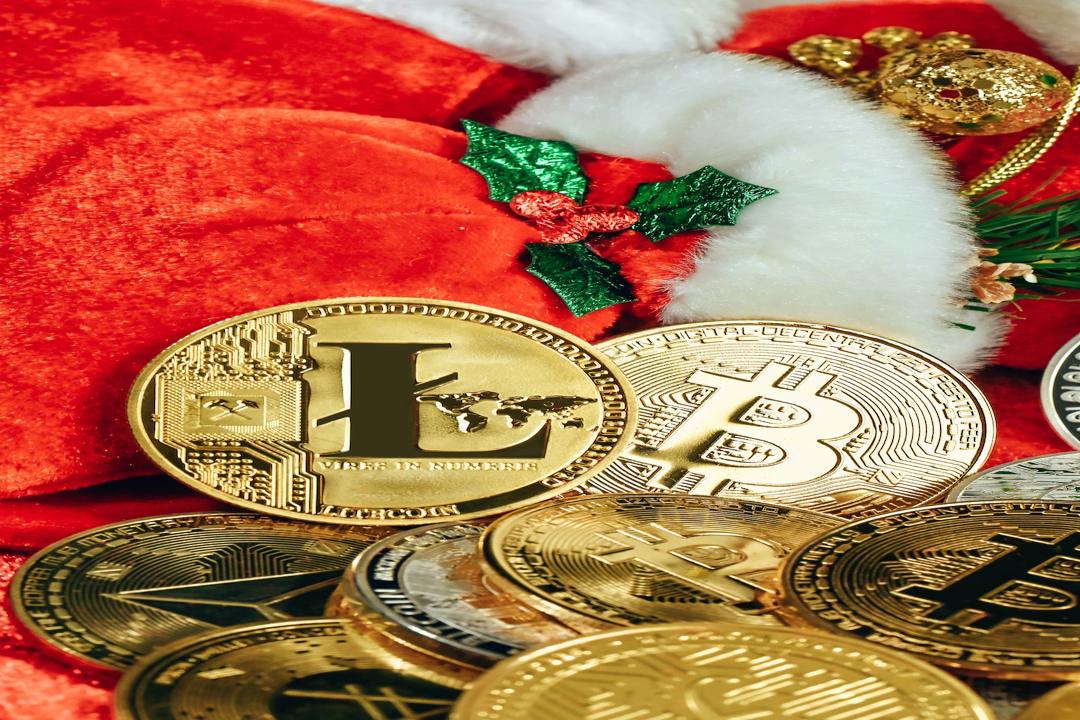Solana’s native token SOL has experienced a remarkable surge, increasing by 45% in just one week and reaching a high of $210 on March 18. Although SOL’s price has not yet reached its all-time high of $260 in November 2021, it has still gained an impressive 58% over the past 30 days. This performance surpasses that of Ether (ETH) and Avalanche (AVAX), which have only increased by 12% and 30% respectively during the same period.
Solana continues to hold its position firmly as the fifth-largest cryptocurrency by market capitalization and the third-largest in terms of total value locked (TVL). This makes it difficult to support a long-term bearish outlook on SOL’s price. However, it is important to note that there is no guarantee that SOL’s price will remain above $165 in the short term. Therefore, investors should closely examine on-chain metrics to assess whether the bullish trend is likely to continue.
There has been a sudden increase in activity on the Solana network. Despite a 18% drop in SOL’s price since March 18, it is argued that this does not necessarily indicate a reversal of the bullish trend. This is evidenced by the fact that SOL’s price briefly dipped below $165 on March 20, but quickly rebounded, showing significant support. Given the recent struggles of Bitcoin (BTC) to maintain a price above $70,000, there is speculation of an altcoin season, and both bullish and bearish arguments hold some validity.
Critics point out that the increased demand for Solana has led to higher fees and more failed transactions. On March 16, data from Cointelegraph revealed that validators experienced delays of up to 40 seconds, resulting in nearly half of the transactions failing within a 20-minute period. This surge in activity was driven by a frenzy around memecoins, particularly with the launch of ‘Book of Meme’ (BOME), which generated an impressive $270 million in trading volume within its first 24 hours.
The competition among memecoin launches intensified after Ethereum’s DenCun hard fork on March 13, which reduced fees for its layer-2 scalability solutions. As a result, Ethereum saw a 77% increase in decentralized applications (DApps) volume within a week, as reported by DappRadar. This has made the Ethereum ecosystem more competitive for memecoin launches, potentially diverting attention and resources away from Solana.
It is difficult to determine the exact cause and effect, but it appears that Solana SPL memecoins reached their peak on the day following the Ethereum network’s upgrade on March 14. Tokens like Dogwifhat (WIF) and Bonk (BONK) experienced significant drops of 38% and 40% respectively. Despite these setbacks, the Solana network has benefited greatly from the increased activity, with a surge in both volume and active addresses engaging with its DApps.
It is worth noting that the Solana network’s volume has increased by 55% since March 13, outpacing competitors like BNB Chain and Polygon, which have only seen gains of 2% and 7% respectively during the same period. However, it is important to understand that the increased activity and volume from memecoins and new token launches do not guarantee sustained price increases, regardless of the project’s merits.
The decline in price of projects like Jito (JTO) and Jupiter (JUP) further illustrates this point. Despite their level of adoption, both tokens experienced significant drops after reaching their all-time highs. A downturn in SOL’s price has an impact on the entire Solana ecosystem.
Analysts have raised concerns about the significant issuance of tokens to cover Solana’s validator costs, which effectively inflates the supply of SOL. Additionally, the large volume of tokens held by the bankrupt FTX exchange’s estate poses a risk of sell-off in the near future. However, the growth in Solana’s DApps activity suggests that there are no apparent weaknesses, indicating that the $165 support level is likely to hold in the near term.
It is important to note that this article does not provide investment advice or recommendations. Every investment and trading decision carries risk, and readers should conduct their own research before making any decisions.

